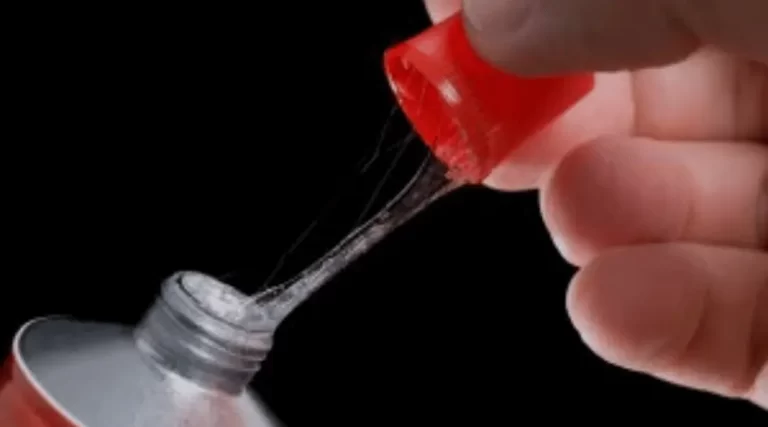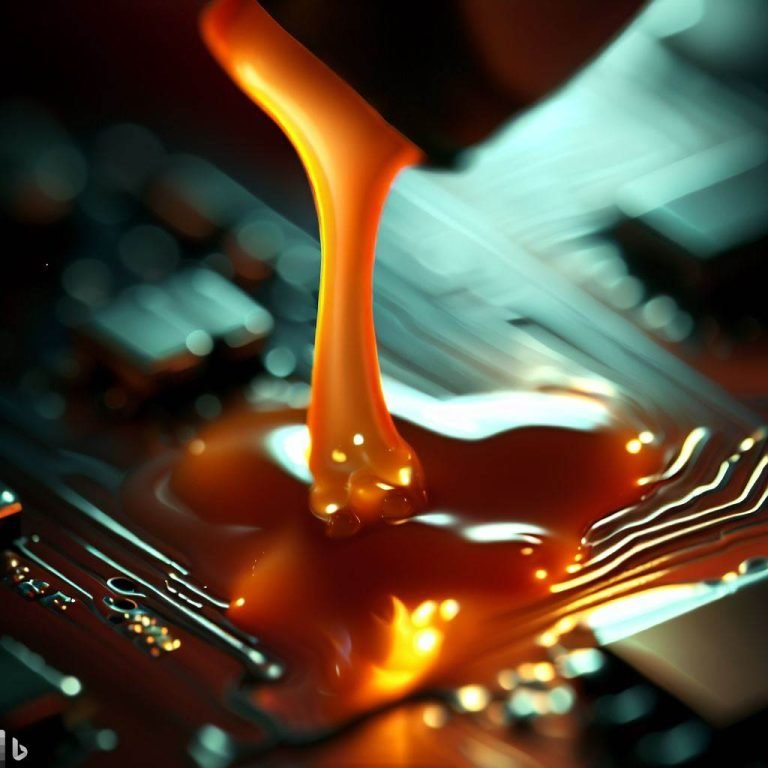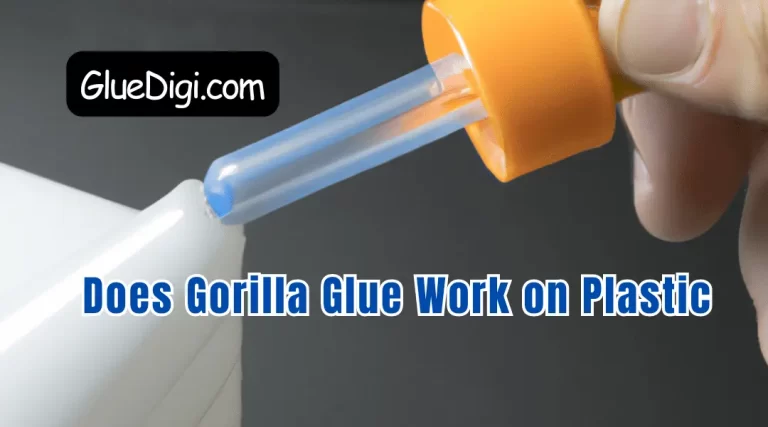Introduction
Welcome to the world of threadlocker adhesive, a versatile and indispensable bonding agent that plays a crucial role in various industries. Threadlocker adhesive is a specialized glue that serves to secure threaded fasteners, such as screws and bolts, preventing them from loosening due to vibrations, heat, or external forces. In this article, we will delve deep into the fascinating realm of threadlocker adhesive, exploring its different types, uses, advantages, and drawbacks, along with valuable tips and tricks to optimize its effectiveness.
Understanding Threadlocker Adhesive
Definition and Composition: At its core, threadlocker adhesive is designed to create strong, reliable bonds in threaded assemblies. The adhesive contains a blend of chemical compounds that allow it to cure and harden when confined between the engaged threads of fasteners. This curing process is essential for achieving the desired locking effect.
Different Types of Threadlocker Adhesives: Threadlocker adhesives come in various formulations to cater to different needs. There are three primary types:
- Permanent Threadlocker: This type creates an irremovable bond, providing exceptional resistance to vibration and loosening. It is ideal for applications where disassembly is not required.
- Removable Threadlocker: Offering a secure bond that can be disassembled with standard hand tools, this type is perfect for situations where periodic maintenance or repairs are necessary.
- Medium Strength Threadlocker: Striking a balance between the permanent and removable types, this threadlocker provides adequate locking strength while allowing disassembly with the right amount of force.
How Threadlocker Adhesive Works
Mechanism of Bonding: When threadlocker adhesive is applied to threaded fasteners and they are tightened, the adhesive fills the gaps between the threads. The chemical reaction begins, and the adhesive starts to cure, effectively “locking” the threads in place. As a result, the fasteners stay securely tightened, even under extreme conditions.
Understanding the Curing Process: The curing process of threadlocker adhesive depends on factors like the type of adhesive, temperature, and the materials being bonded. Generally, it takes a few minutes to a few hours for the adhesive to cure completely. For some formulations, achieving maximum strength may take up to 24 hours.
Benefits of Using Threadlocker Adhesive
Enhanced Mechanical Strength: Threadlocker adhesive significantly improves the strength of threaded connections, reducing the risk of fastener failure and ensuring a reliable and long-lasting bond.
Vibration Resistance: One of the most significant advantages of using threadlocker adhesive is its ability to absorb vibrations, preventing threaded fasteners from loosening over time.
Corrosion Prevention: Threadlocker adhesive provides a protective barrier, preventing moisture and contaminants from reaching the threads and causing corrosion, which is particularly beneficial in harsh environments.
Potential Drawbacks of Threadlocker Adhesive
Irreversible Bonding: While permanent threadlocker offers unparalleled strength, it can also pose challenges during disassembly, requiring specialized tools and techniques.
Difficulty in Disassembly and Repairs: Even with removable threadlocker, there might be instances where loosening fasteners can be challenging, especially if the adhesive has cured for an extended period.
Limited Temperature Resistance: Some threadlocker adhesives may have temperature limitations, which could lead to reduced performance or potential failure under extreme heat or cold conditions.
Types of Threadlocker Adhesive
- Permanent Threadlocker: Strength that Lasts
- Features and Applications: Permanent threadlocker is the go-to choice for applications where the threaded assembly will remain in place indefinitely. It is commonly used in critical automotive components, such as engine mounts and suspension systems, as well as in heavy machinery and industrial equipment that require absolute reliability.
- Best Practices for Usage: When working with permanent threadlocker, it’s crucial to ensure that the threaded parts are clean and free of oil or grease. Applying the adhesive sparingly ensures that excess adhesive doesn’t interfere with the bonding process.
- Removable Threadlocker: The Reassembly Hero
- Features and Applications: Removable threadlocker provides robust locking abilities while allowing for easy disassembly. It is widely used in the maintenance of machinery, appliances, and electronics, as well as in assembly processes where parts may need to be taken apart and reassembled periodically.
- Ideal Use Cases: Removable threadlocker is particularly beneficial in applications involving screws and bolts in electrical systems, household appliances, and consumer electronics.
- Medium Strength Threadlocker: The Best of Both Worlds
- Features and Applications: Medium strength threadlocker offers a balance between permanent and removable options. It is often used in automotive and aerospace industries, where components require reliable locking but may also need to be serviced or replaced periodically.
- Balancing Strength and Disassembly: To achieve optimal results with medium strength threadlocker, ensure that the cure time is sufficient, and follow the manufacturer’s recommendations for torque specifications during assembly.
Applications of Threadlocker Adhesive
Threadlocker adhesive finds widespread use across various industries, owing to its exceptional bonding capabilities and reliability.
- Automotive Industry: In automotive manufacturing and repair, threadlocker adhesive secures critical components such as engine mounts, brake calipers, and transmission housing, reducing the risk of loosening due to constant vibrations.
- Construction Sector: Threadlocker adhesive plays a vital role in the construction industry, providing strong bonds in steel structures, securing bolts in bridges, and enhancing the stability of heavy machinery.
- Aerospace Applications: The aerospace sector relies on threadlocker adhesive to ensure the integrity of aircraft components, from avionics to engine assemblies, thereby enhancing safety and performance.
- Electronics and Electrical Industry: In electronic devices, threadlocker adhesive prevents screws and bolts from loosening due to constant handling, ensuring that sensitive components remain securely in place.
How to Use Threadlocker Adhesive Properly
- Surface Preparation:
- Cleaning and Degreasing: Before applying threadlocker adhesive, clean the surfaces thoroughly to remove any oil, dirt, or contaminants. Use a suitable solvent to degrease the threads for optimal adhesion.
- Choosing the Right Surface: Select materials compatible with the adhesive to achieve the strongest bond. Steel, aluminum, and brass are commonly suitable for most threadlocker adhesives.
- Application Techniques:
- Dosing and Dispensing: Use the correct amount of threadlocker adhesive to ensure sufficient coverage without excess. Most threadlockers come with applicator tips that make dispensing easy and precise.
- Tips for Precise Application: Apply the adhesive along the threads, leaving sufficient space at the end for the adhesive to expand during curing. Avoid contact with the fastener’s head.
- Curing and Drying Time:
- Factors Affecting Curing Time: The curing time of threadlocker adhesive depends on the type of adhesive, temperature, and the materials being bonded. Follow the manufacturer’s guidelines for optimal curing results.
- Optimal Drying Conditions: Keep the assembled parts stationary during the curing process to avoid disturbances that may impact the adhesive’s performance. Consider using curing accelerators for faster results when needed.
Tips and Tricks for Effective Threadlocker Adhesive Use
- Preventing Over-application:
- Avoiding Excess Adhesive: Using too much adhesive can lead to messy applications and even interfere with the bond’s effectiveness. Apply only the required amount as per the manufacturer’s recommendations.
- Cleanup Techniques: In case of accidental spillage or excess adhesive, clean the area with a suitable solvent or use a debonding agent to reverse the bonding effects.
- Ensuring Maximum Bond Strength:
- Proper Clamp Load: Achieve the desired clamp load during assembly, ensuring that the adhesive effectively fills the gaps between the threads and creates a strong bond.
- Curing Under Ideal Conditions: For optimal results, cure the adhesive under recommended temperature and humidity conditions, as extremes may affect the curing process.
- Storage and Shelf Life:
- Extending Adhesive Lifespan: Properly store threadlocker adhesive in a cool and dry place to maintain its effectiveness over an extended period.
- Handling Expired Threadlockers: Avoid using expired or old threadlocker adhesive, as its performance may not be up to the mark, leading to potential bonding issues.
Safety Precautions
Before using threadlocker adhesive, it’s essential to take certain safety precautions to ensure a safe and successful application.
- Protective Gear: Wear protective gloves and safety glasses while handling the adhesive to prevent skin and eye contact.
- Proper Ventilation: Ensure adequate ventilation in the workspace to avoid inhaling fumes and to facilitate proper curing.
Conclusion
Threadlocker adhesive is a remarkable solution that offers enhanced bonding capabilities, vibration resistance, and corrosion prevention for threaded fasteners. Its versatile nature makes it indispensable in various industries, including automotive, aerospace, construction, and electronics.
By choosing the right type of threadlocker and following best practices for application, users can achieve secure and long-lasting bonds. Nevertheless, users should also be aware of potential drawbacks, such as difficulty in disassembly for permanent threadlocker and temperature limitations. Overall, threadlocker adhesive remains a valuable tool in ensuring the integrity and reliability of threaded connections.





